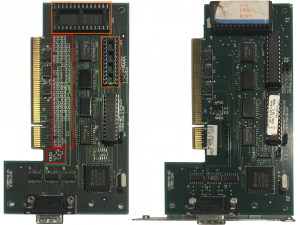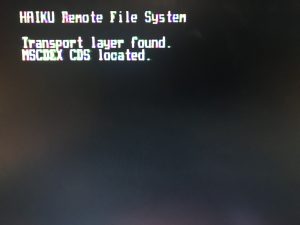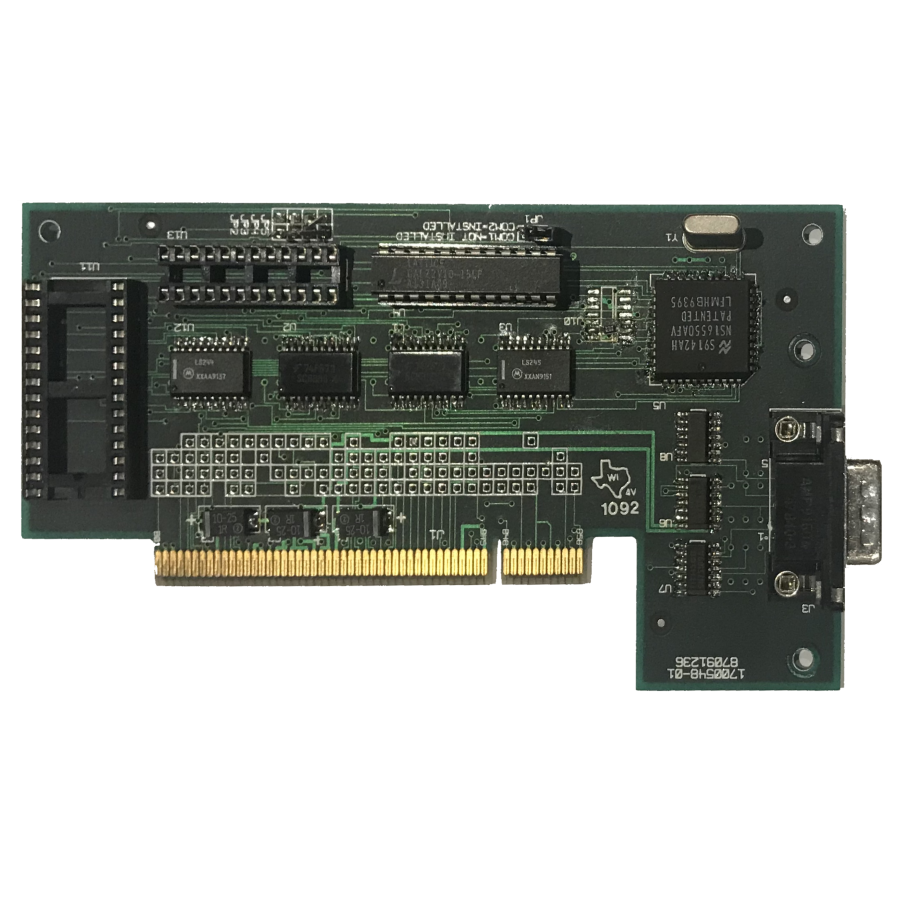|
History
The VIS was a very ambitious project for its time. It was set to be first commercial hardware to use the newest version of Windows called Modular Windows (code-named Haiku). As the OS was very similar to Windows 3.1, a Software Development Kit (SDK) was proved by Microsoft to any developer who wanted to port their existing software or development new one on Modular Windows. The hardware where the software would run on was supposed to be inconsequential as software compiled for Modular Windows show run on any Modular Windows compatible device.
While Microsoft was developing their new OS, Tandy was designing the hardware for the VIS. Code name Gryphon, the hardware was based on a 286 computer architecture. But it turned out that Modular Windows was not performing well on the VIS due to some inherent flaw of Windows 3.1. To circumvent this issue Microsoft bumped the minimum hardware requirement for Modular Windows from 12MHz 286 to 16MHz 386SX. But it was too late for the VIS as some of the hardware was already being manufactured.
Tandy decided to go forward with the VIS, but being out of spec meant that not all software compile for Windows Modular would work properly on the VIS. To ensure their software was running optimally, the developer could buy from Tandy a debug card that can be inserted directly in a retail VIS . For the tidy sum of 500$, the card would provide a serial port and the ability to add a custom ROM for additional features.
Card Types
Two types of cards are known to exist. The first revision (on the left) is what could be described as a prototype debug card. They have holes to allow modification of the board and a logo of the board manufacturer (see the red parts). They would also be usually missing two chips on the board. The first revision will also often have blue wire soldered under the board.
The second revision (on the right) is the “retail” version of the board. It’s to be noted that not all retail version will have the ROM chip at the top. Both models are extremely rare as it is estimated then fewer than 100 retail cards were made. The first revision of the card where the prototype card made by Tandy’s engineer and were created in even smaller quantity. But as the system was a resounding failure, most retails cards were destroyed as they were rendered useless.
Usage
The card would allow a developer to send debugging information to a computer via the COM port. As retail version of games/applications shouldn’t have theses debug call, the debug VIS card will not have any effect when used with them. Additional ROM chips are known to exist and add additional functionality to the board.
R OM Chips
OM Chips
At the moment, only one ROM Chip has been found. The chip allows the VIS to boot up in a debug mode and create a Remote File System for Modular Windows. It is believed that this would allow either the VIS to stream an application from the COM port. This would therefore bypass the need to burn a CD each time you want to test an application on the VIS.

